
Back pain is a prevalent condition that affects millions of individuals worldwide. It can arise from various factors, such as poor posture, muscle imbalances, a sedentary lifestyle, or injuries.
While medical interventions and therapies exist, many people seek natural remedies to alleviate their discomfort. Yoga, an ancient practice that combines physical postures, breathing exercises, and meditation, has gained recognition for its effectiveness in managing back pain.
In this article, we will explore the benefits of yoga for back pain and provide a series of yoga poses that can help relieve discomfort and improve flexibility.
Table of Contents
Understanding Back Pain
Back pain can range from mild discomfort to debilitating agony, significantly impacting one’s quality of life. The lower back is particularly susceptible to pain due to its role in supporting the upper body and facilitating movement. Common causes of back pain include muscle strains, herniated discs, spinal stenosis, and osteoarthritis. Understanding the underlying cause of your back pain is crucial before engaging in any exercise program, including yoga. It is advisable to consult with a healthcare professional to ensure that yoga is safe for your specific condition.
The Benefits of Yoga for Back Pain
Yoga offers several benefits for individuals dealing with back pain. By incorporating yoga into your routine, you can experience the following advantages:
i. Strengthening of Core Muscles
Yoga poses engage the core muscles, including the abdominal, back, and pelvic muscles. Strengthening these muscles provides better support for the spine, reducing strain on the back and alleviating pain.
ii. Improved Flexibility
Many yoga poses involve stretching and lengthening the muscles and connective tissues. Regular practice can improve flexibility, increase range of motion, and relieve stiffness in the back, promoting better posture and reducing the risk of future injuries.
iii. Enhanced Posture
Slouching and poor posture can contribute to back pain. Yoga poses focus on aligning the spine, promoting proper posture, and reducing stress on the back muscles. By improving your posture, you can alleviate discomfort and prevent recurring pain.
iv. Stress Reduction
Stress and tension often exacerbate back pain. Yoga incorporates mindfulness and relaxation techniques that help calm the mind and release tension from the body. By reducing stress levels, you can indirectly alleviate back pain.
Yoga Poses for Back Pain Relief
Here are some yoga poses that are beneficial for relieving back pain. Remember to listen to your body and avoid any poses that cause pain or discomfort. It is recommended to practice under the guidance of a certified yoga instructor, especially if you are new to yoga.
i. Child’s Pose (Balasana)

Child’s Pose gently stretches the lower back, hips, and thighs, providing relief and relaxation.
ii. Cat-Cow Pose (Marjaryasana-Bitilasana)
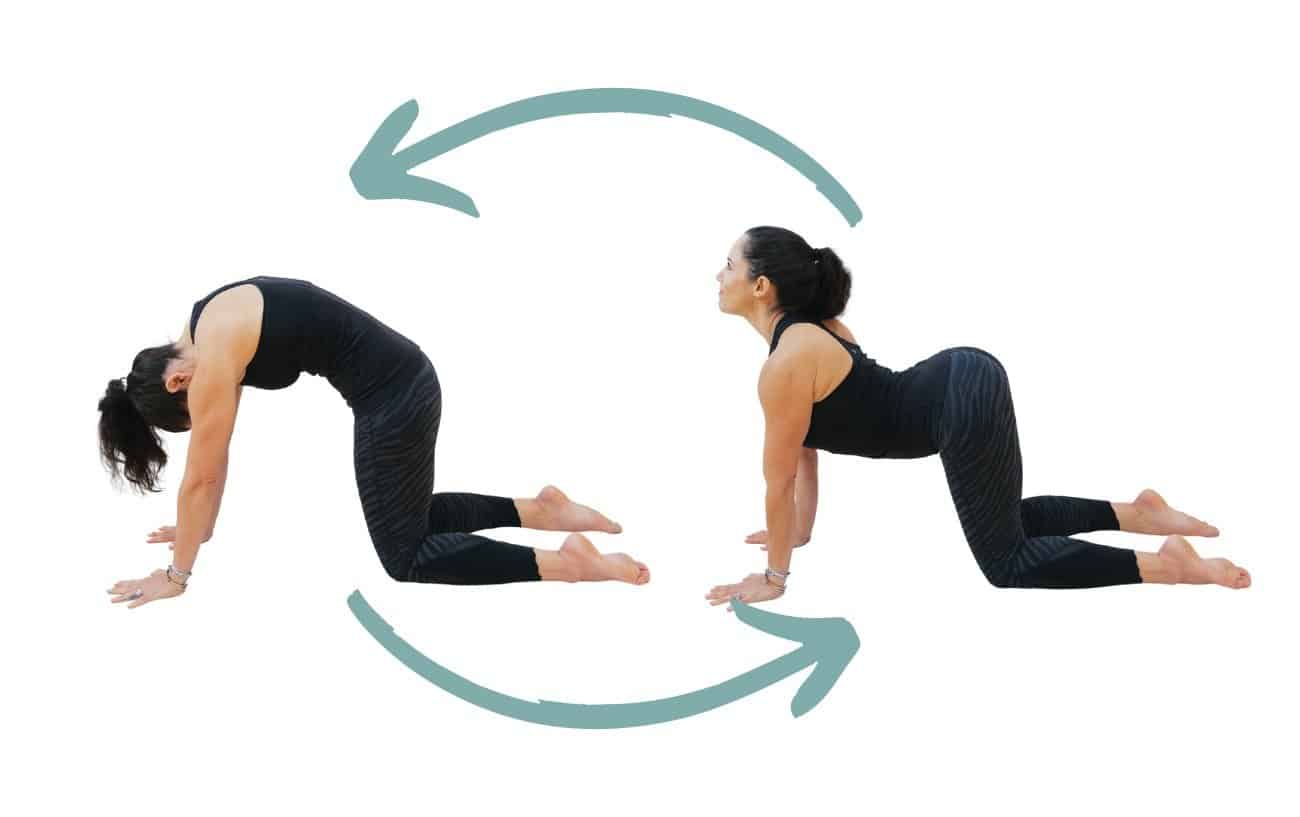
Cat-Cow Pose helps improve spinal flexibility and releases tension in the back muscles.
iii. Downward-Facing Dog Pose (Adho Mukha Svanasana)

Downward-Facing Dog Pose stretches the entire body, including the back, hamstrings, and shoulders. It helps lengthen the spine and relieve back pain.
iv. Sphinx Pose (Salamba Bhujangasana)

Sphinx Pose strengthens the spine, opens the chest, and helps alleviate lower back pain.
v. Bridge Pose (Setu Bandhasana)
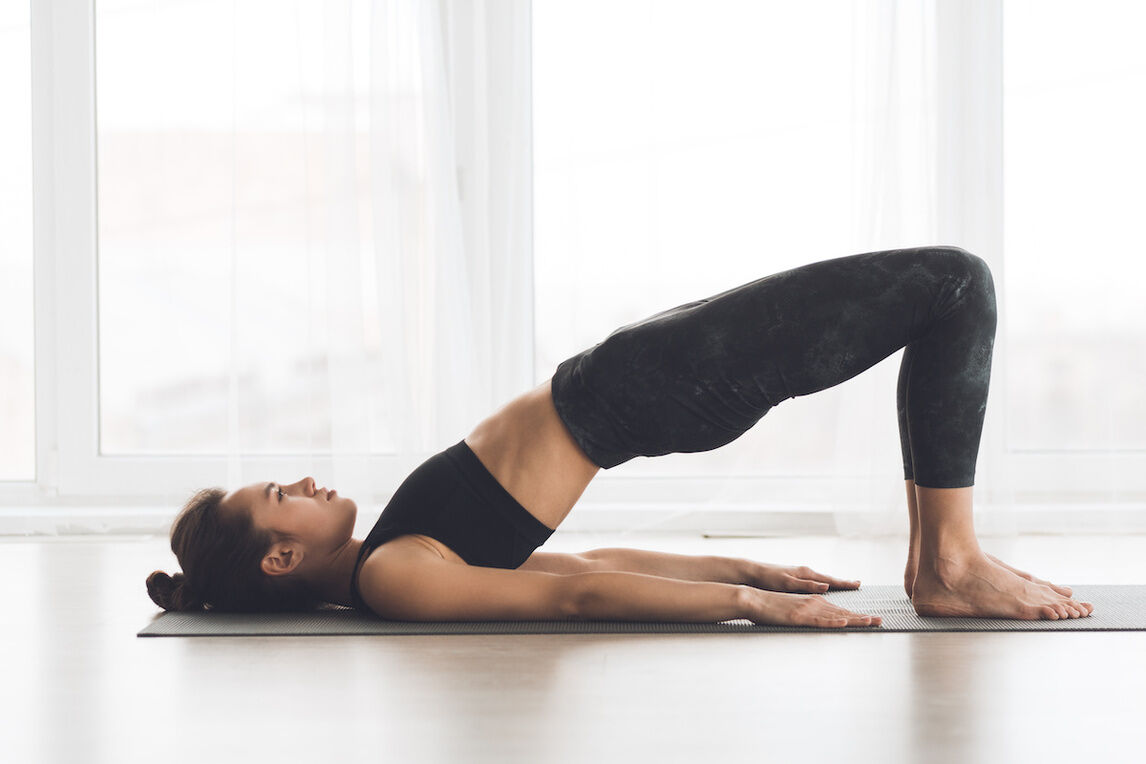
Bridge Pose strengthens the back muscles and stretches the spine, improving flexibility and reducing discomfort.
vi. Cobra Pose (Bhujangasana)
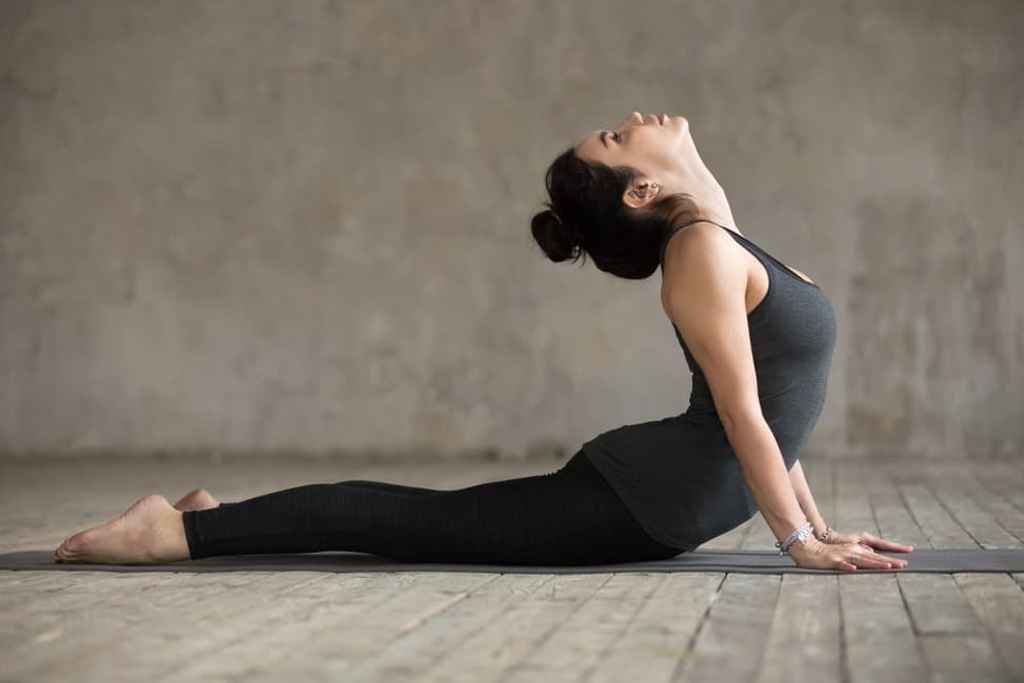
Cobra Pose helps strengthen the back muscles, improve posture, and relieve tension in the spine.
vii. Triangle Pose (Trikonasana)
Triangle Pose stretches the sides of the body and strengthens the legs, while also improving spinal mobility.
viii. Extended Triangle Pose (Utthita Trikonasana)
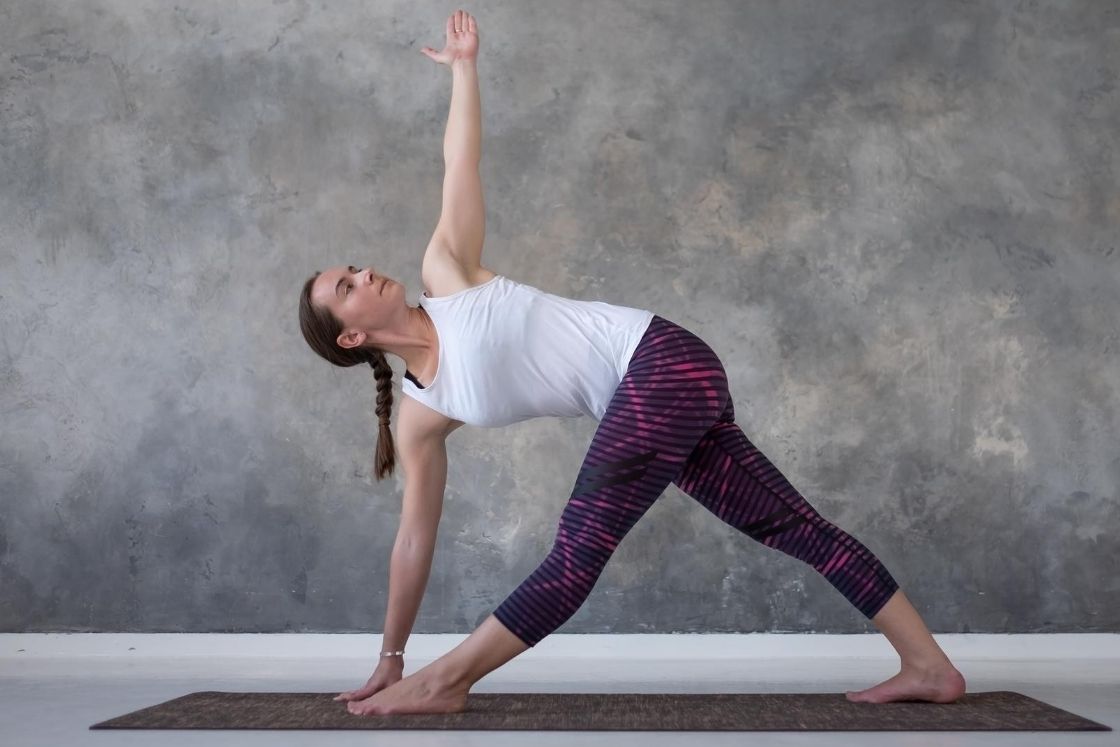
Extended Triangle Pose provides a deep stretch for the hamstrings, hips, and side body, promoting spinal alignment and relieving back pain.
ix. Pigeon Pose (Eka Pada Rajakapotasana)

Pigeon Pose targets the hips and glutes, releasing tension in the lower back and promoting relaxation.
x. Thread the Needle Pose (Parsva Balasana)
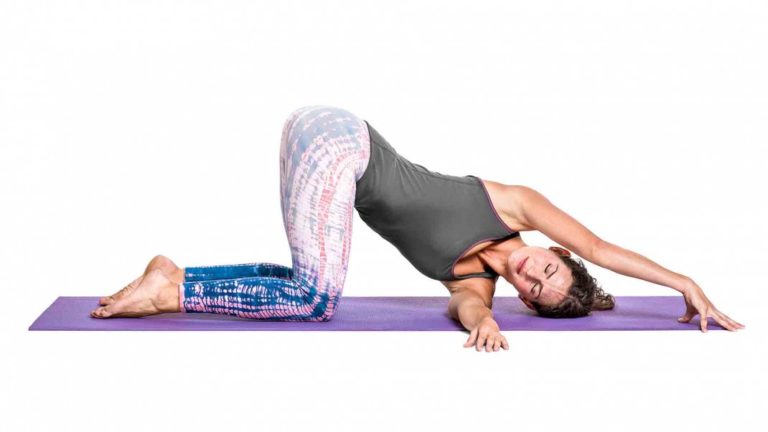
Thread the Needle Pose gently stretches the back and shoulders, relieving tension and discomfort.
xi. Supine Spinal Twist (Supta Matsyendrasana)
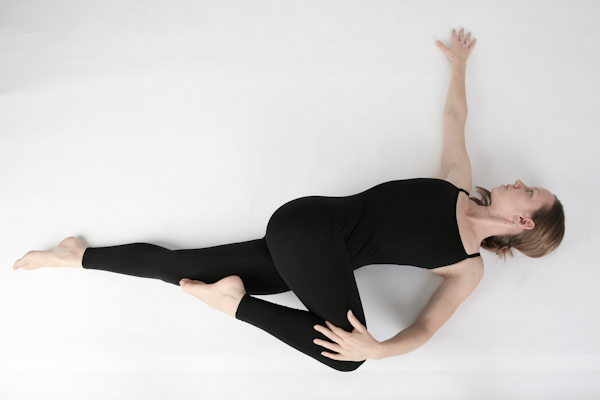
Supine Spinal Twist releases tension in the back, stretches the spine, and improves spinal mobility.
xii. Legs-Up-The-Wall Pose (Viparita Karani)
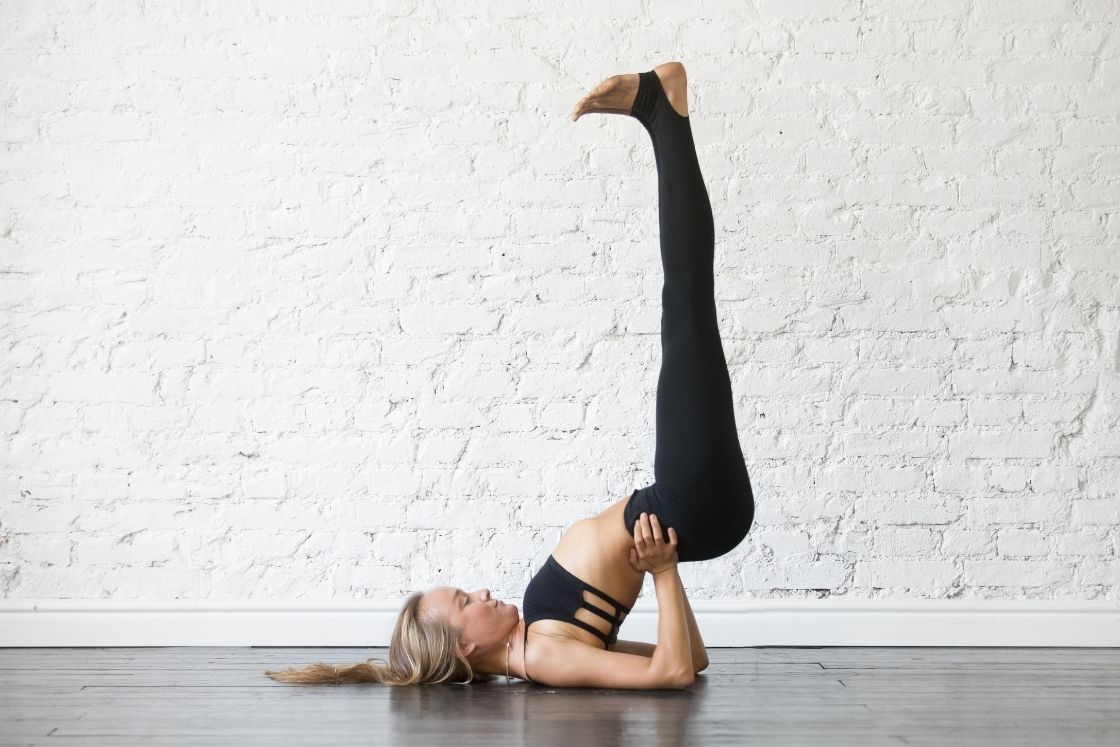
Legs-Up-The-Wall Pose promotes relaxation, relieves lower back pain, and improves circulation.
xiii. Corpse Pose (Savasana)
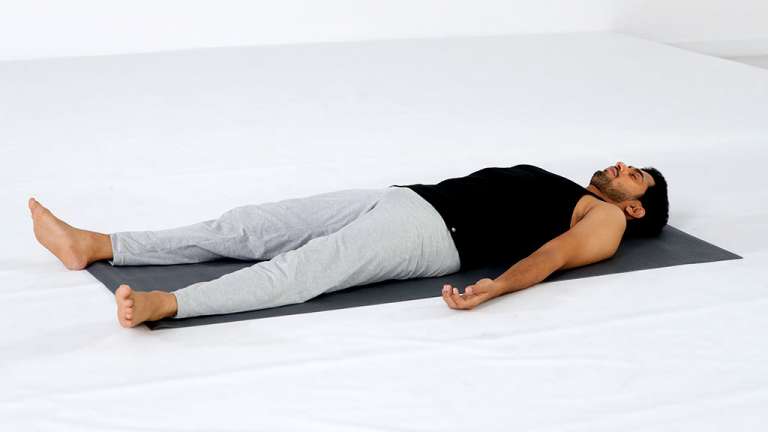
Corpse Pose allows the body to rest and integrate the benefits of the previous poses. It promotes deep relaxation and reduces stress.
Precautions and Tips for Practicing Yoga for Back Pain
When practicing yoga for back pain, it is important to keep the following precautions and tips in mind:
- Start with gentle poses and gradually increase the intensity as your flexibility and strength improve.
- Listen to your body and avoid any poses that cause pain or discomfort.
- Modify the poses as needed to suit your body’s limitations and capabilities.
- Practice under the guidance of a certified yoga instructor, especially if you are new to yoga or have a specific back condition.
- Warm up before your yoga practice to prepare your body for the poses and prevent injuries.
- Incorporate other lifestyle changes such as maintaining a healthy weight, practicing good posture, and avoiding prolonged sitting or standing.
In Conclusion: Yoga can be a powerful tool in managing and alleviating back pain. By strengthening the core muscles, improving flexibility, promoting proper posture, and reducing stress, yoga provides a holistic approach to back pain relief. However, it is crucial to practice with caution and consult with a healthcare professional if you have any underlying conditions. Incorporate these yoga poses into your routine and experience the transformative benefits for your back health.
FAQs
1. Can yoga completely cure back pain?
While yoga can be effective in relieving and managing back pain, individual results may vary. It is best to consult with a healthcare professional for a comprehensive approach to your specific condition.
2. How often should I practice yoga for back pain?
Consistency is key. Aim to practice yoga for back pain at least 2-3 times per week to experience its benefits. However, listen to your body and adjust the frequency according to your comfort level.
3. Can I practice yoga for back pain during pregnancy?
It is important to consult with your healthcare provider before practicing yoga during pregnancy, especially if you have a history of back pain or any complications. Certain poses may need to be modified or avoided.
4. Are there any specific poses to avoid if I have a herniated disc?
If you have a herniated disc, it is crucial to work with a knowledgeable yoga instructor who can guide you through poses that are safe and beneficial for your condition. Poses that involve deep forward folds or extreme spinal twists may need to be avoided or modified.
5. Can yoga prevent future episodes of back pain?
Regular practice of yoga, along with other healthy lifestyle habits, can help strengthen the back muscles, improve posture, and enhance flexibility, reducing the risk of future episodes of back pain. However, maintaining a balanced lifestyle is equally important for long-term back health.

